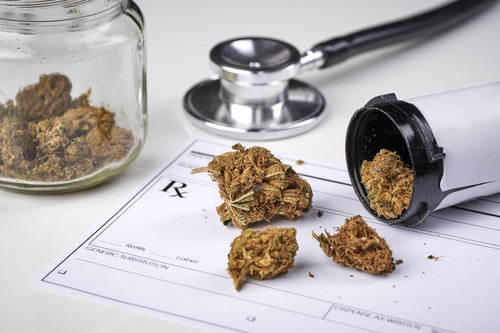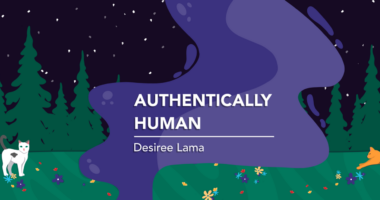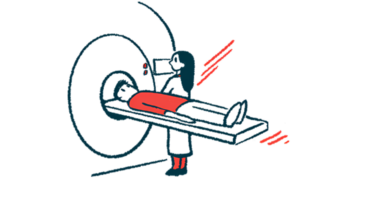Clinicians Who Prescribe Cannabis Should ‘Start Low and Go Slow,’ Study Advises

Use of medicinal cannabis may pose risks as it may trigger psychiatric problems, but also because it lacks standardized chemical composition, according to a study published in the Journal of the American Osteopathic Association.
With the legalization of cannabis in some states for medicinal and recreational proposes, additional pressure lies on clinicians who prescribe it. Cannabis use also may hold extra risks for teens and young adults whose brains are still forming, and they may be more susceptible to mental health issues, such as anxiety and depression.
In the study “Contemporary Routes of Cannabis Consumption: A Primer for Clinicians,” researchers at the Oregon Health and Science University, in Portland, reviewed some of the modern forms of cannabis consumption and the associated risks.
The main pharmacologically active compounds (cannabinoids) extracted from cannabis are the tetrahydrocannabinol (THC) and cannabidiol (CBD). Both compounds have been evaluated for their potential to modulate spasticity associated with multiple sclerosis, and they also have been explored to manage seizures, inflammation, pain, anxiety, and other conditions.
Theoretically, CBD holds greater therapeutic potential than THC, since the first does not have the psychoactive properties that accompany THC use. The THC compound is the one responsible for the “high” experience people feel when consuming cannabis. Because of the different effects of each cannabinoid compound, finding the suitable dosage and use frequency may be a challenge and pose risks.
“It is very difficult to tell someone what effect they can expect without knowing the specifics of the product,” Walter Prozialeck, PhD, professor and chair of the department of Pharmacology, Chicago College of Osteopathic Medicine at Midwestern University, said in a press release. “How much THC is in the product, how it’s consumed — and, of course, the individual’s physiology — all play a role in determining their experience.”
Smoked cannabis is associated with increased toxicity and higher risk of potential infections. Via this route of administration, only 25 percent of the cannabinoids present in herbal cannabis get effectively absorbed. Vaporized cannabis can overcome some of these toxicity limitations, with cannabinoid absorption of about 33 percent.
These two methods of administration have the advantage of cannabinoids being quickly absorbed, with almost immediate effects.
In contrast, oral ingestion of cannabis products takes longer for the absorbed cannabinoids to induce an effect. These products are known to provide a more intense and longer-lasting effect. However, the delayed effect may lead to overdosing and potential negative effects.
“The best advice we can give is start low and go slow,” said Prozialeck.
“If a patient wishes to use cannabis to manage neuropathic pain, he or she should try a topical preparation first,” the researchers suggested. “Patients with lung disease or cardiovascular disease should consider edible rather than inhaled products,” they added.
In addition to the challenges of how to consume cannabis, long-term use may have important psychological and neurological effects, as it can impair memory and concentration, and lessen motivation. Identifying when cannabis consumption is a health problem is an important step, which may require counseling or substance abuse treatment.
“Cannabis, whether for medical or recreational purposes, is best treated as a controlled substance,” the researchers wrote. “Clinicians therefore face the challenge of keeping up with the evolving use of cannabis to better assess and treat use disorders and counsel patients who choose to use cannabis for medical or recreational purposes.”
The scientists also emphasized that more research is needed to develop specific protocols that physicians can use to better counsel patients.






